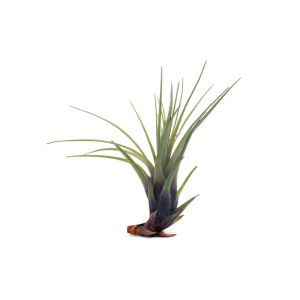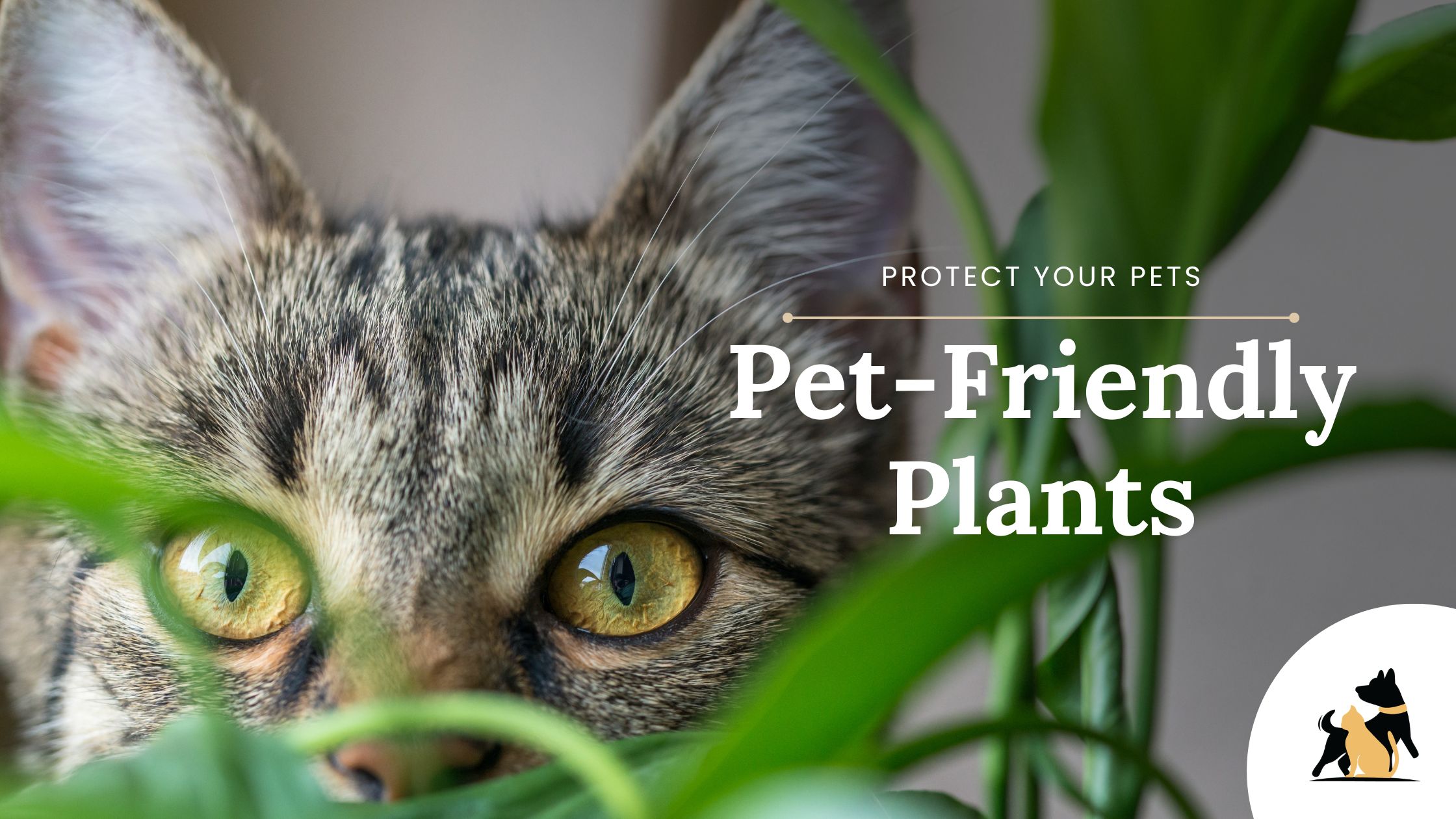Having a pet shouldn’t mean giving up your dreams of a vibrant, plant-filled home. Many beautiful and interesting plants are safe for curious cats and playful pups. So, ditch the plastic ferns and fake flowers, and let’s add some life to your living space!
Low-Light & Low-Maintenance Plants
-
- Snake Plant (Sansevieria)
- Spider Plant (Chlorophytum comosum)
- Air Plants (Tillandsia spp.)
- Cast Iron Plant (Aspidistra elatior)
- Peperomia Obtusifolia

Snake Plant (Sansevieria): This architectural wonder is nearly indestructible. It thrives in low light and infrequent watering, making it perfect for busy pet parents.

Spider Plant (Chlorophytum comosum): This cascading plant is a popular choice for a reason. It’s easy to propagate – those spiderettes dangling from the mother plant are new plant starts! – and tolerates neglect.

Air Plants (Tillandsia spp.): These unique plants don’t even need soil! They absorb moisture and nutrients from the air, making them perfect for terrariums or hanging planters that are out of reach from curious pets.

Cast Iron Plant (Aspidistra elatior) – As the name suggests, this nearly indestructible plant can handle low light, infrequent watering, and the occasional curious canine. Cast iron plants are slow growers, but their deep green foliage adds a touch of sophistication to any room.

Peperomia Obtusifolia: This little succulent is a trooper. It thrives on neglect and tolerates low light conditions, making it a perfect choice for busy pet parents. The Peperomia Obtusifolia comes in a variety of textures and colors, so you can find one to match your décor.
Brighter Light & Moderate Care Plants
-
- Rattlesnake Plant (Calathea lancifolia)
- Bromeliad (Aechmea spp.)
- Calathea Orbifolia

Rattlesnake Plant: This vibrantly patterned prayer plant is a conversation starter. With its oblong, variegated leaves, it adds a touch of drama to any room. Non-toxic to pets, the Rattlesnake Plant prefers bright, indirect light and medium humidity.

Bromeliad (Aechmea spp.) – These brightly colored tropical plants come in a variety of shapes and sizes, and their spiky foliage deters most dogs from taking a bite. Bromeliads are low-maintenance plants that require minimal watering and prefer bright, indirect light.

Calathea Orbifolia: Nicknamed the “Living Pinstripe Plant” for its dramatic markings, this eye-catching calathea adds a touch of the tropics to your home. While it prefers medium light and humidity, it’s generally non-toxic to pets, making it a great choice for style-conscious pet lovers.
Succulents & Unique Varieties:
-
- Chinese Money Plant (Pilea Peperomioides)
- Money Tree (Pachira Aquatica)
- Hoya Varieties (Hoya carnosa)
- Parlor Palm (Chamaedorea elegans)

Chinese Money Plant (Pilea Peperomioides): Also known as the Pancake Plant or UFO Plant, this little gem is a favorite for its round, coin-shaped leaves. Easy to care for and propagate, it’s a popular choice for beginner plant parents (and their furry friends!).

Money Tree (Pachira Aquatica): This braided beauty is thought to bring prosperity to its owner. While the jury’s out on the feng shui, it’s undeniable that this lush plant, with its glossy green leaves, adds a touch of the tropics to any space.

Hoya Varieties (Hoya carnosa): Hoyas are known for their beautiful waxy flowers and fragrant blooms. The Hoya carnosa, also known as the Wax Plant, is a popular choice for pet owners as it’s non-toxic and relatively low maintenance. Just be patient – Hoyas are slow growers but well worth the wait!

Parlor Palm (Chamaedorea elegans): Looking for a low-maintenance way to add a touch of elegance to your space? Look no further than the Parlor Palm. This shade-loving plant is slow-growing and doesn’t require frequent watering, making it perfect for forgetful pet parents and clumsy paws.
Planting Tips for Pets
- Keep It Out of Reach: Place plants on high shelves or hang them from the ceiling to keep them out of the reach of nibbling pets. Consider using decorative plant stands or macrame plant hangers to create a stylish and pet-safe display.
- Choose Wisely: Do your research before bringing a new plant home. The ASPCA maintains a list of toxic and non-toxic plants for cats and dogs https://www.aspca.org/pet-care/animal-poison-control/toxic-and-non-toxic-plants. If you’re ever curious as to whether a certain indoor plant is a safe investment for your home, the ASPCA also has an extensive list of plants to avoid (including both indoor and outdoor plants).
- Provide Enrichment: Give your pets plenty of their own toys and chew items to keep them from getting bored and turning to your plants for entertainment. Rotate your pet’s toys regularly to keep them interesting, and schedule playtime for active dogs to help burn off excess energy.
With a little planning, you can create a beautiful and pet-friendly home that you and your furry companions can enjoy. Live plants not only add a touch of beauty to your space but can also help purify the air. So why not bring a little bit of nature indoors?
If you suspect that your pet has ingested a poisonous plant, contact an emergency vet or a local Hometown Veterinary Partners hospital nearest you during open hours.

